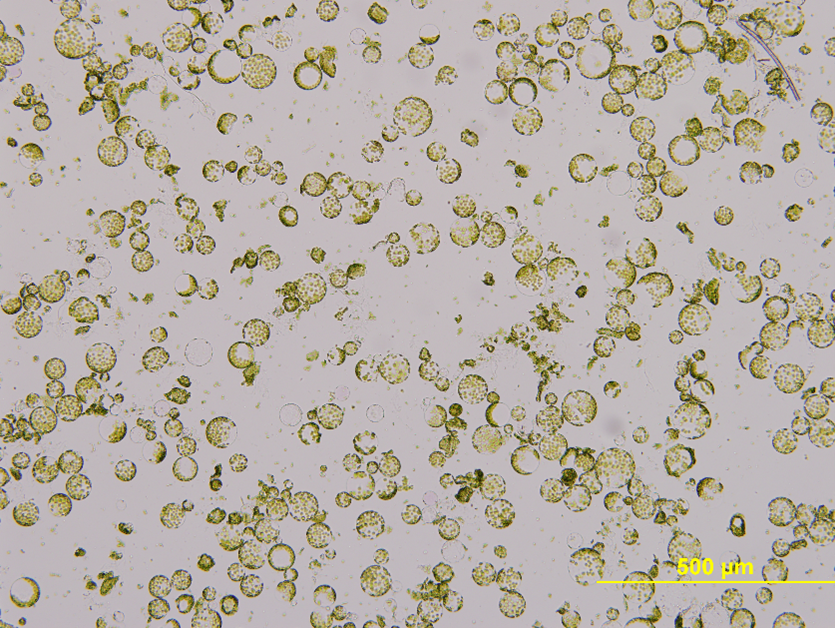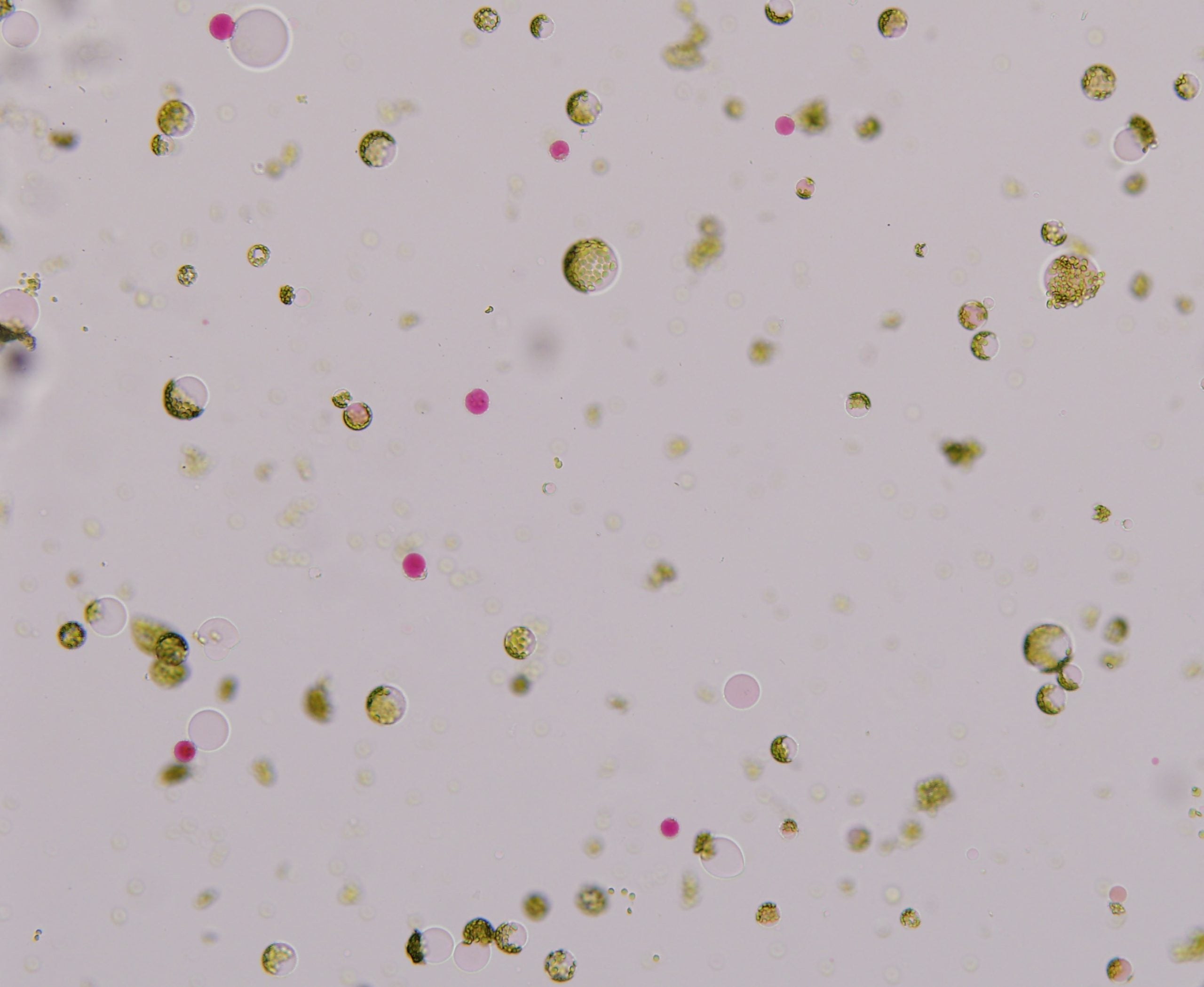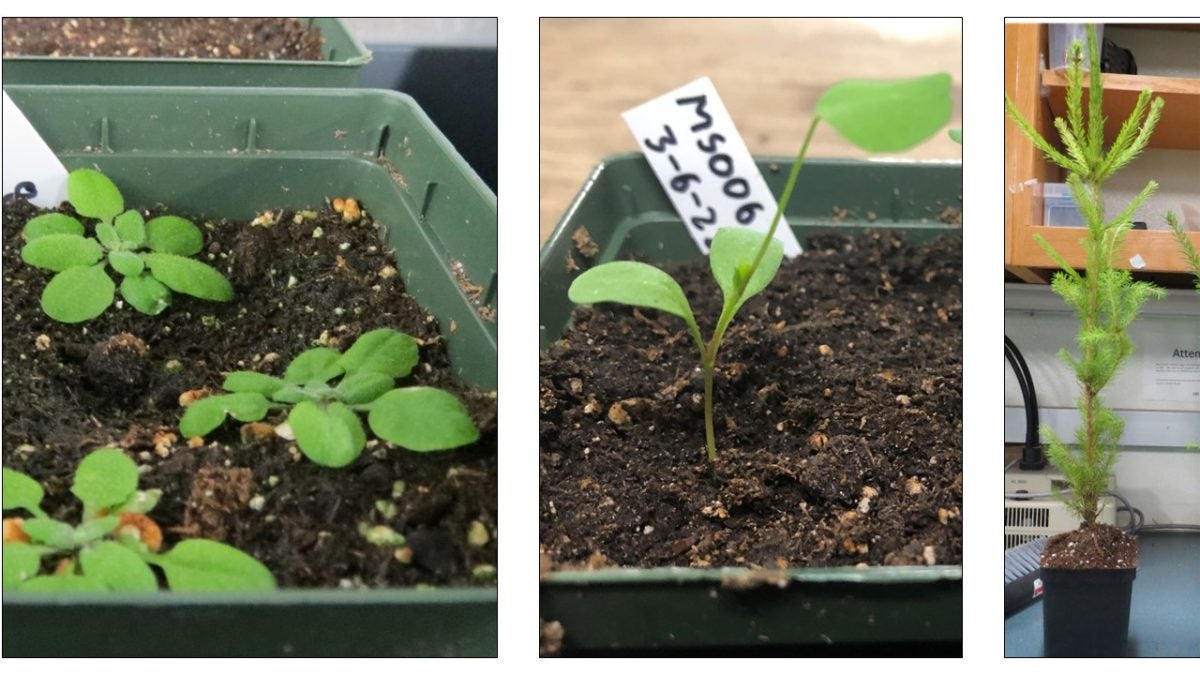Plant cells are generally more static and rigid than other kinds of eukaryotic cell and must tightly regulate the movement and concentration of substances within them in a manner different than in animals or fungi. To accomplish this, plants use an inordinately large number of transport proteins located in both the plasma membrane of the cell and in the membranes of various cell compartments. The plant vacuole is often the largest subcellular compartment and stores water, regulates turgidity and sequesters a wide variety of substances. Those substances include essential nutrients, potential toxins, salts, and secondary metabolites. The membrane separating the vacuolar compartment from the cytoplasm is distinct from other membranes and is called the tonoplast.
One group of compounds that move from the cytoplasm into the vacuole are the glycosylated monolignols, which are precursors of the lignin polymer responsible for much of the strength in plant cell walls. It is currently unknown which classes of transporter protein may be responsible for transporting these compounds into the vacuole or whether these mechanisms are consistent across tissues and species. The purpose for this sequestration and the mechanism by which they exit the vacuole are also unknown. We are investigating these questions using purified, isolated plant vacuoles and assaying the uptake of monolignol compounds under conditions of exposure to various pharmacological inhibitors. Future projects with plant transporters may involve the sequestration of pesticides and other environmental chemicals into the vacuole.



